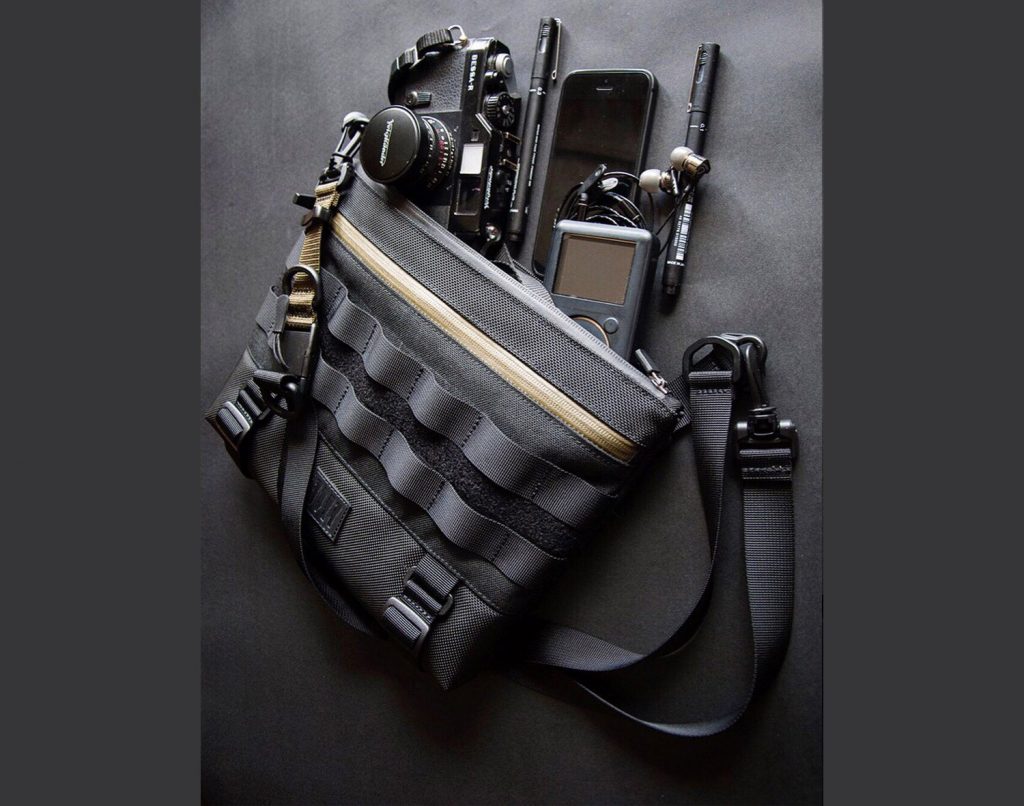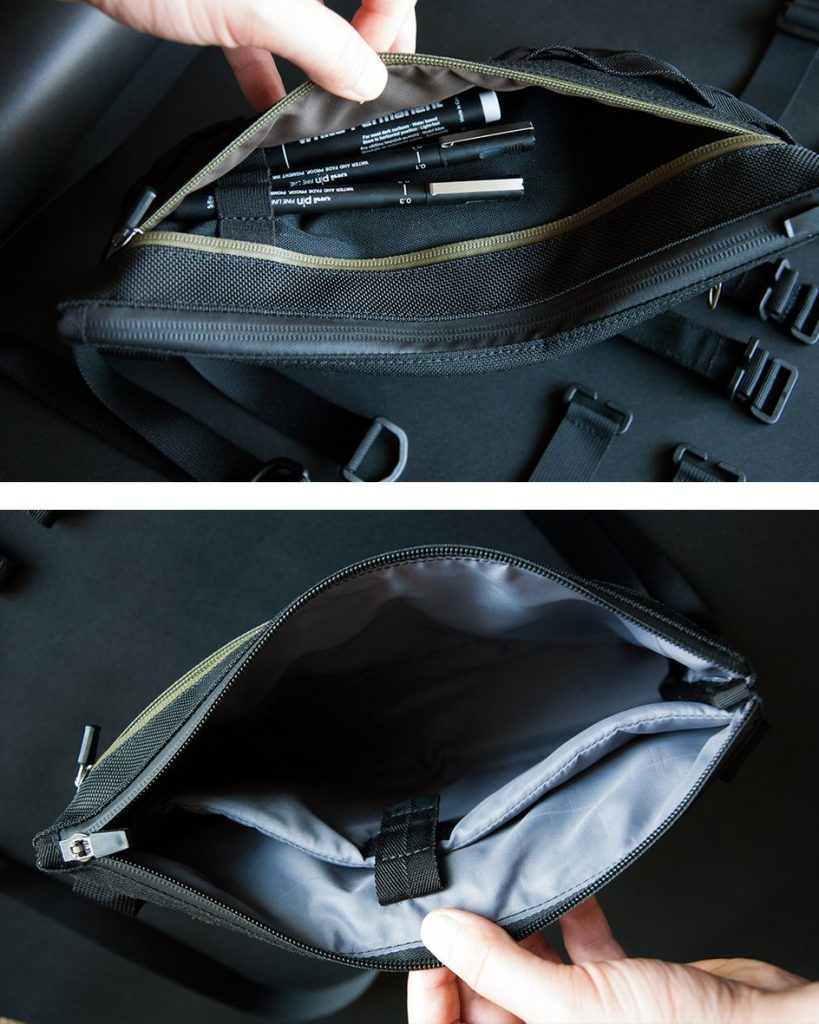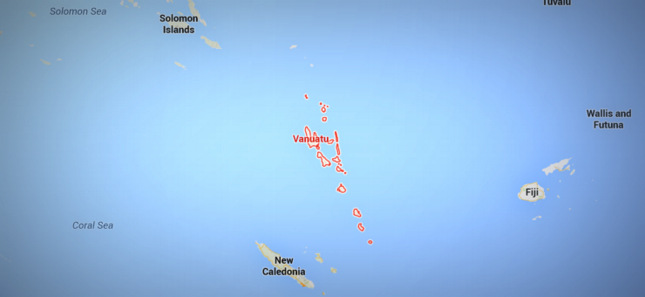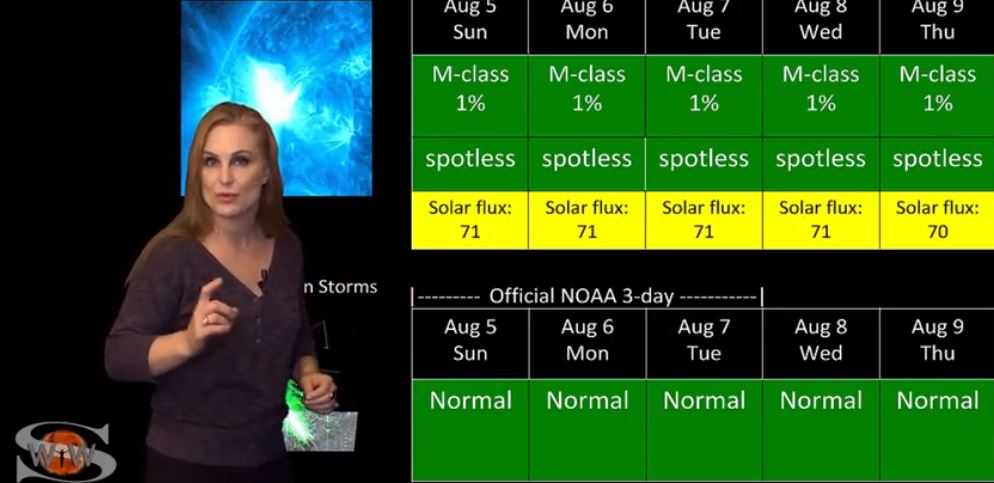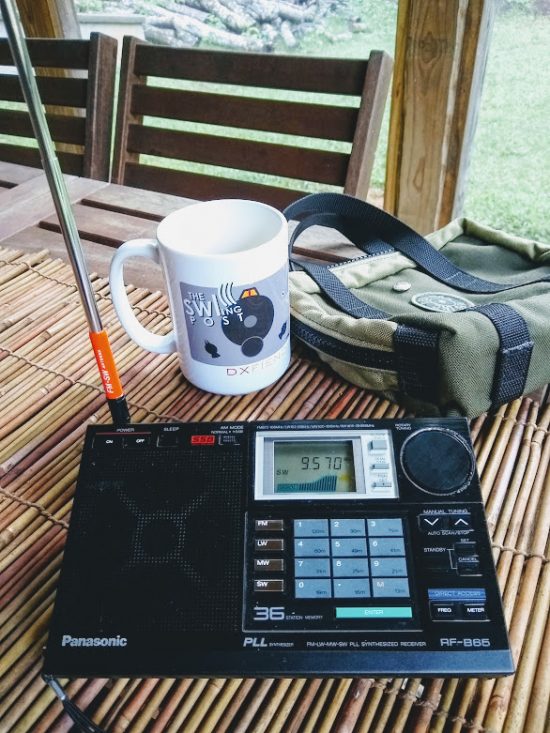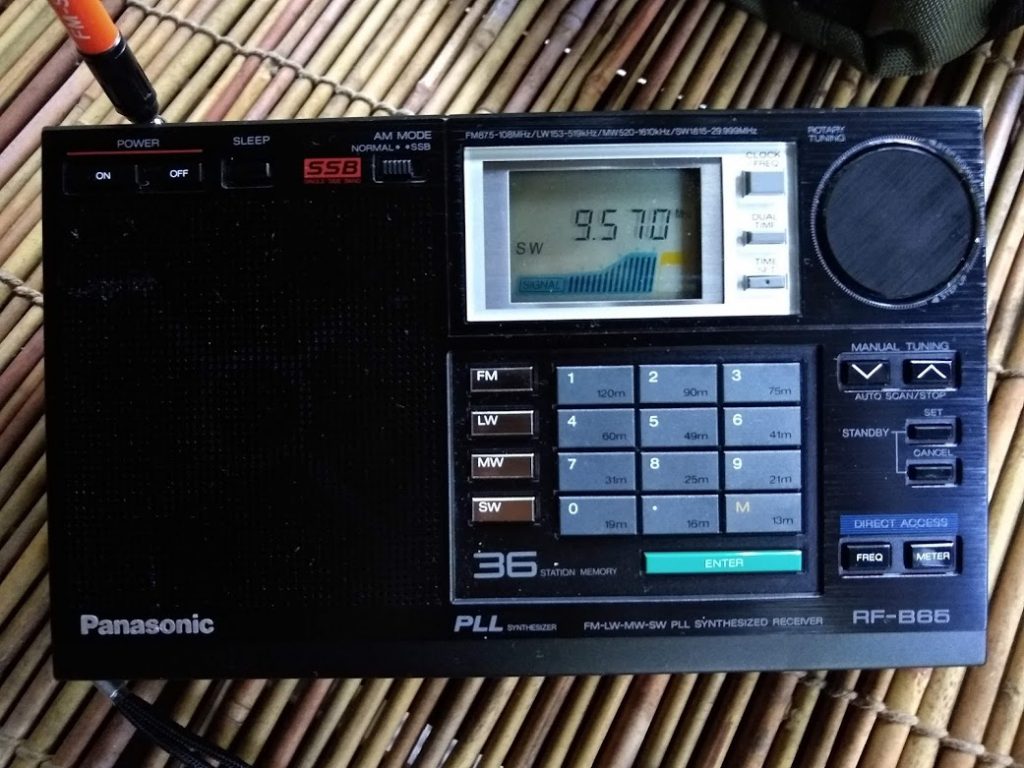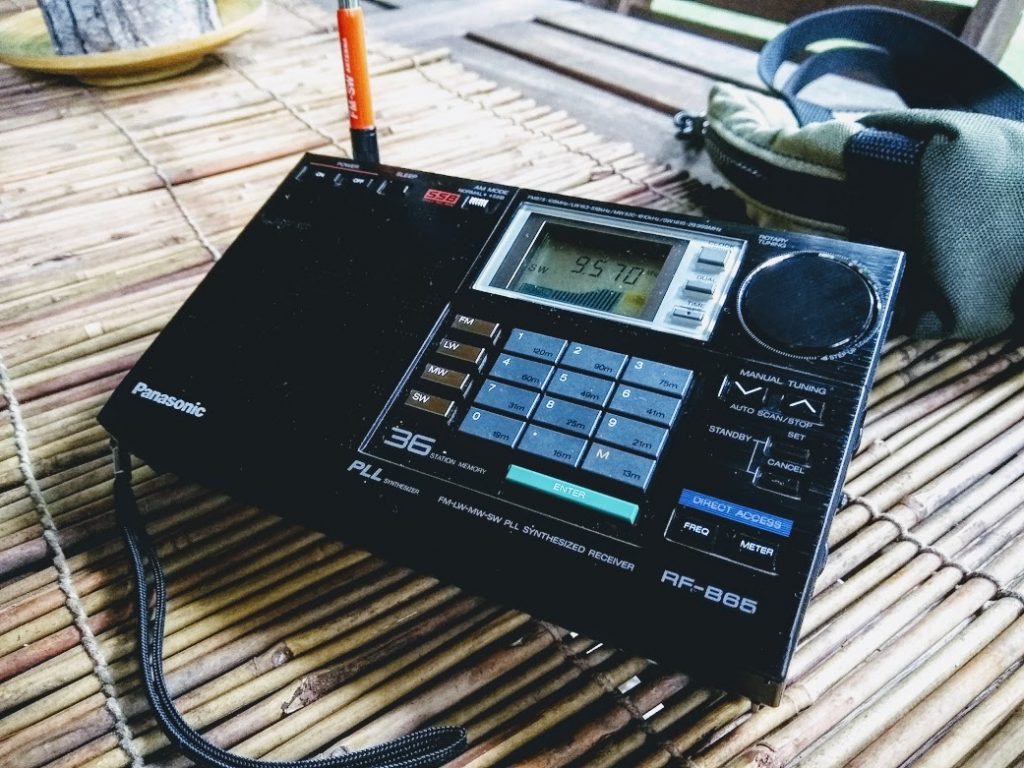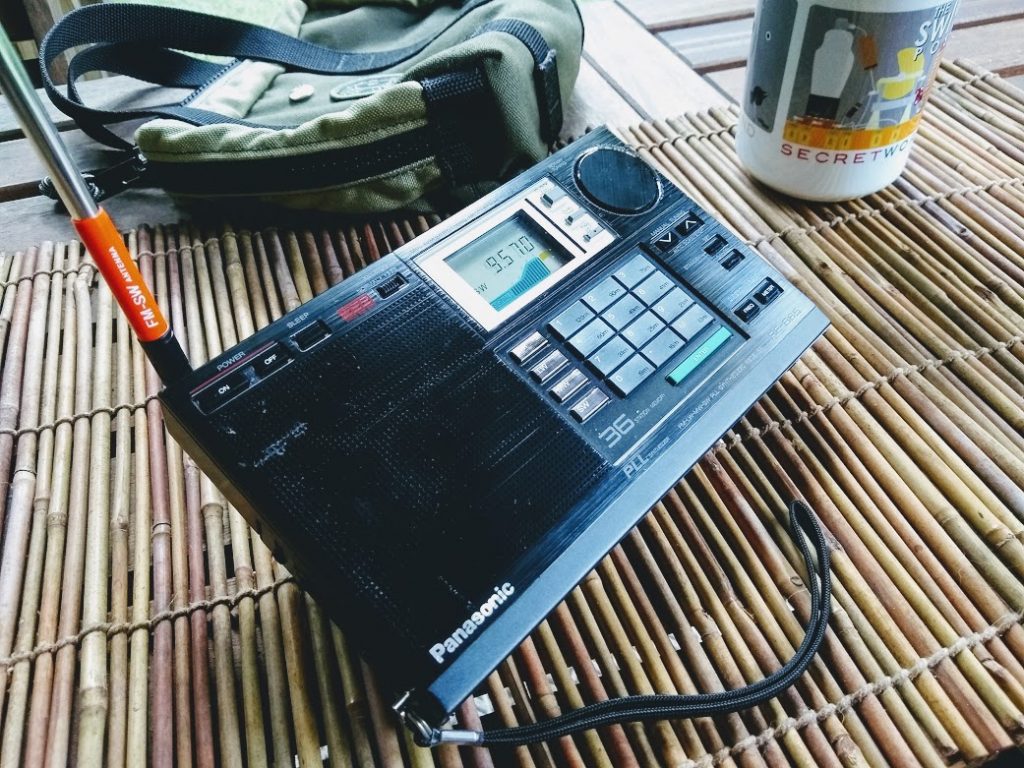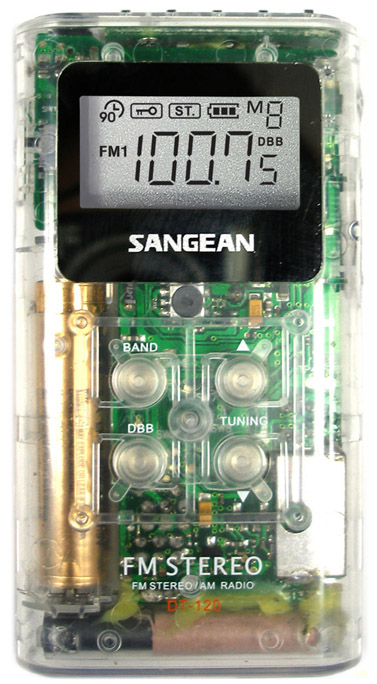Many thanks to SWLing Post contributor, Dan Robinson, who shares the following notes about the final transmission of Radio Transmundial. [Dan made this recording yesterday, but Internet woes here at SWLing Post HQ prevented me from posting this until now.]
Dan writes:
FYI — I am monitoring Radio Transmundial via [the PY2BS KiwiSDR in] Brazil. They are in the midst of a final discussion in Portuguese between two announcers, mentioning advances/changes in technology, Internet, etc. that are forcing the station off the air. Many mentions of shortwave.
See attachments…..audio files are of studio discussion in Portuguese about their decision to end SW….then another file going right up until 1900 UTC or thereabouts when they went off.
At about the 9:36 mark in the 1st audio file announcer introduces a technical person (sounded like someone from TWR, but also mentioned was “director of communications”) to begin a discussion about their decision to end shortwave — that discussion lasts until about the 34:30 mark when they go into full IDs.
Click here to download audio file.
Second audio file you can hear Zanzibar gradually fading up and dominating the frequency, then in the clear after Transmundial goes off 11,735.
Click here to download audio file.
Would be very interesting to translate this conversation for a post on SWLing.
Perhaps SWLing Post readers with a knowledge of Portuguese could help us with any interesting details from this conversation? Please comment! UPDATE: Many thanks to SWLing Post contributor, Fabiano Barufaldi, who has volunteered to help translate some of the key points from this broadcast!
Dan, thanks for grabbing a recording of this final Transmundial broadcast. When my Internet connection is fully functioning again, I will add these recordings to the Shortwave Radio Audio Archive.


